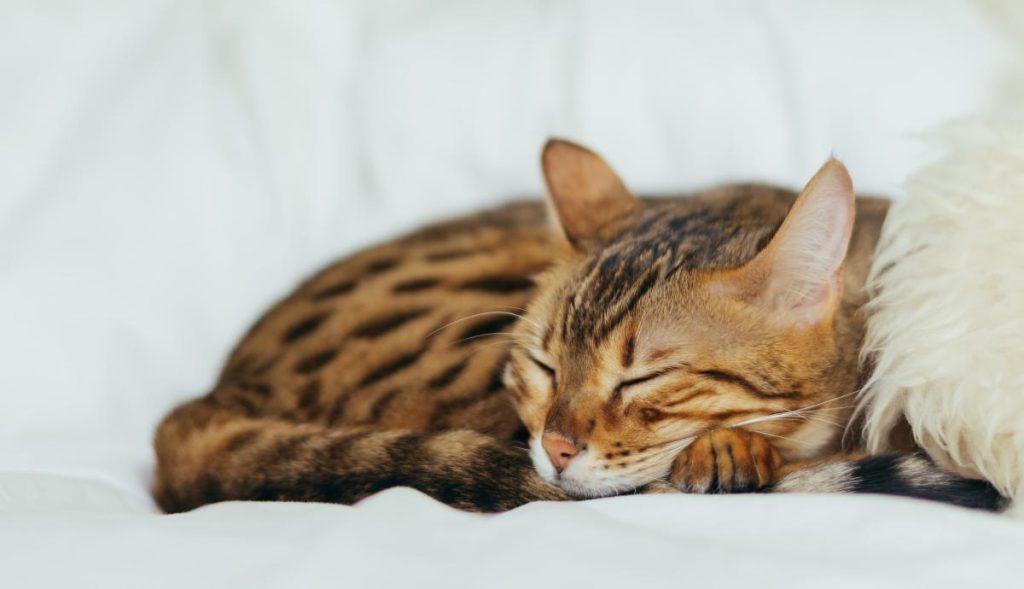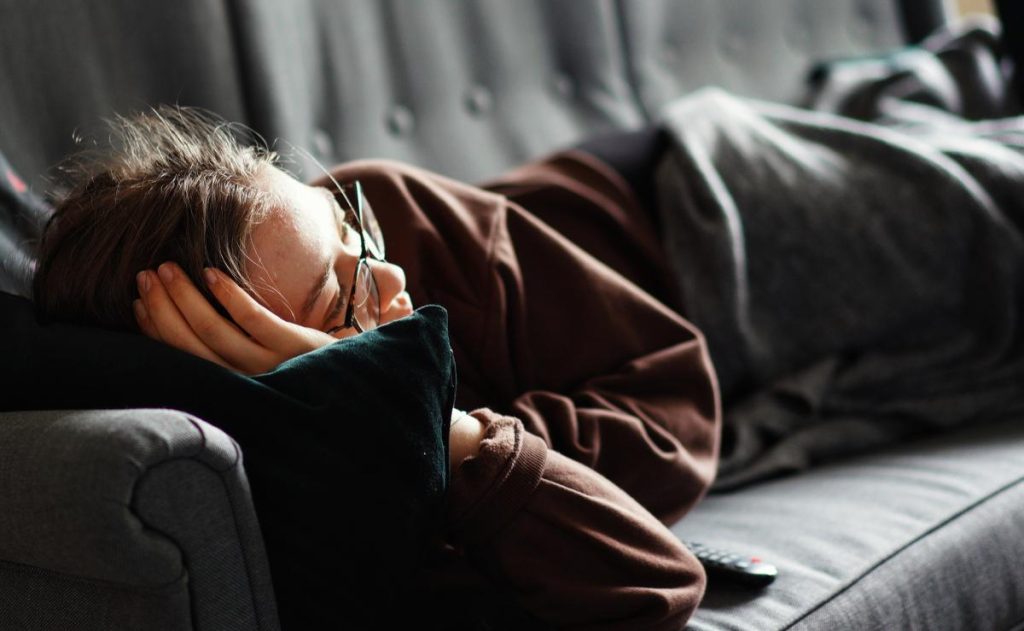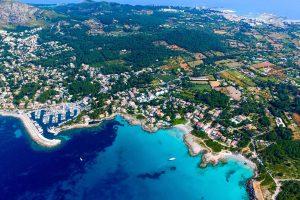Spanish siesta time
Spanish siesta time is a tradition believed to be in practice in for a long time. It is a stereotype that has been framed for Spain but it is present in other countries. In this article we will explain the reasons why many Spaniards do the siesta and why Spain is a good country for digital nomads because Spain has many cheap cities to live.
Contents
Definition and origin of Spanish Siesta time

La Siesta is a short daytime nap usually taken during the day. The snap break takes a very short time. The word siesta is a Spanish word that means ‘ a nap’ in English.’ La Siesta’ is a Spanish custom that gained popularity and acceptability long ago. In Latin American Countries, specifically Spain and Italy, a minute work break was very important during the day.
In Spain, everything used to shut down to give residents time off to take a nap, up to 30 minutes. It was an opportunity for people to rejuvenate and recharge their moods. The Spanish tradition used to take time every midday.
After the civil war in Spain, people needed to work two jobs daily to provide for their families. The half-day break was to renew peoples’ energy during the mid-day as they prepared to move from the first job to the second one.
Since its origin, the custom has become a Spanish part of the culture. Later, you will learn whether the tradition is still practised in the country.
The time Spanish afternoon nap is taken
The nap is usually taken during mid-day. After a busy and engaging better part of the day, napping is irresistible and important health-wise. In Spain and other Latin American countries, people take a daily napping break of 30 minutes and can go up to 2 hours to escape from the hot sun during the day.
Siesta in Spain is taken between 2 PM and 5 PM daily as you might find all shops closed at this time. Everything gets to a standstill as the routine is respected and practised.
Do the Spanish still have Siestas?
In Spain, people hardly enjoy the recommended sleep hours each day. Therefore, it makes sense why a few minutes of rest in the afternoon is important to their well-being. The tradition is still live and practical in Spain.
Siestas are respected even though their original popularity needs to be intact in Spain. Some still follow the power snap custom generously as they mind their health more than anything else.
The Spanish siesta custom is slowly fading away due to advanced technology. To deal with hot summers funs regulate working places’ temperatures. Working for many hours is slowly being dealt with by machines. Some workers don’t have to go to the office as they can comfortably work from home.
Which countries does it most?
The tradition is mostly practiced by 2 countries. That is Spain and Italy.
Reasons why Spanish take a Siesta

The napping custom in Spain has a reason behind it. Some natural and artificial phenomena triggered it. The strong reasons behind Spanish afternoon nap include:
Mid-day heat
Spain and other Latin American countries like Italy, Greece, Mexico, Costa Rica and the philistines experience hot scorching sun during afternoons. It is because they are located next to the equator. Near the equator, the sun is usually very hot, forcing people to avoid it by all means.
Spain has very hot afternoons, forcing people to nap to escape the effects of the sun on their health. The mid-day heat was one of the initial reasons Spain adopted the siesta time routine.
The nap is very important, especially to the Spain workers in the field. The hot sun drains their energy and dehydrates them. Taking that 20-30 minutes rejuvenate their bodies and refresh their minds.
Shop opening hours
Spain’s rules dictated that shops and trading centres be open 72 hours a week. The nap taken by people gave the shops a reason to close for a few hours. To follow the rules, shops remained closed as people took their mid-day snaps to escape the scorching sun.
In return to closed shops, many people become responsive to the Spanish nap tradition. Many people in Spain after the civil war were affected financially. Spanish people used to work two jobs to support their families and save them from poverty attacks.
The sixth hour of the day was the job turning point. People would take short snaps as they prepare to report to their second jobs. The shops used to close to allow workers to transition smoothly from the first shift to the next.
Closing shops forced everyone to nap as the streets remained lonely and empty.
After the family lunch break
In Spain, people used to take lunch as united families. Lunchtime is a bonding time for families, usually taking a long. People in Spain take hours off from school and work to enjoy their favourite dishes with other family members.
Worldwide, lunch is known to be taken around the sixth hour of that day. After a long lunch, there is a need for minutes of rest to allow digestion to take place without interruption. An hour’s lunch break from work is enough to take meals and enjoy a little nap.
A little rest followed the long lunch attended by families to refresh the body.
Compensating sleep
The working hours for Spanish people are long to keep their economy active. Most of them work more than 11 hours daily from 8 AM to 9 PM. After work, they will take dinner at 9 PM and then have a few hours for entertainment, like watching TV before sleep.
That routine makes them sleep for fewer hours compared to WHO-recommended sleep time for different age groups. The Spanish Siesta time is handy as people try to compensate for the time they have not slept during the night.
The short nap time cannot fully compensate for the lost sleep time, but the mind and body’s short break from active work is crucial to their effectiveness.
The above four reasons for Siesta time in Spain contributed largely to making the tradition a daily routine. Spanish people enjoy and respect every time of Siesta.
The benefits of the Spanish Siesta time
The afternoon short nap is very important in Spain. The benefits are attached to health and fitness. Siesta sleeping has a lot of health benefits the workers that should never be ignored. In correspondence to scientific research, siesta benefits are:
Memory boost
Memory is the ability to remember past events or happenings in the future. Just like a phone, humans’ memory capacity is limited, and nothing else will be stored when the maximum limit is reached. When people work continuously for long hours without rest, their brain gets exhausted.
Taking some minutes off away from active work gives the brain time to rewind and only keep the memory of important happenings. The junk happenings that had already filled the memory are deleted, creating room for new happenings.
The fact that Spanish people create time for Siesta shows that they care about their memory and brain functioning. The fact that they work for longer than recommended hours in a day dictates a reason for mid-day napping.
Transitioning from one job to another in the middle of the day also needs a little rest. The rest time is beneficial by ensuring that one joins the second job with a clean memory. The Spanish power nap had the advantage of boosting workers’ memory.
Lowers Blood Pressure
Blood pressure is the force to pass blood from the heart to arteries. The pressure is sometimes determined by the person’s body’s energy needs. Being actively involved in work for about five hours increases body energy demand, making a heart pump blood at a higher speed.
Temperatures tend to increase heart activities, causing it to pump blood faster. Spain, being next to the equator, experiences hot weather conditions. Working in such an environment requires a lot of energy for the body to cope.
High blood pressure carries many health risks, such as heart attack and stroke. Rest and sleep re-energize the heart by making it perform optimally and effectively. The napping custom by Spanish people ensures that their hearts are healthy and reduces the risk of cardiovascular diseases.
According to research findings, a nap daily keeps high blood pressure at bay. Regardless of the hours worked In a day, the nap assures the Spanish people of low blood pressure and good general heart health.

Improves alertness and boosts mood
A lot of work without rest makes the body’s nervous system exhausted and weak. It would be best to take a nap midday for your nervous system to realign. A tired person is usually mood less and needs more hype and morale.
The brain uses neurotransmitters to communicate with the nervous system. When the transmitters are overused without getting time to recharge, there will be redundancy and inefficiency.
With an exhausted nervous system, a person becomes less alert to happenings in the environment. There is a possibility of getting off the mind in mind when one is exhausted. In Spain, a place where people work for more than 11 hours, a midday nap is as important as Spanish tapas(typical food spanish). After the rest, the alertness level improves, and the mood becomes more manageable.
La Siesta culture in Spain benefits all workers as they work for more daily hours to keep the economy afloat. As they move from one job to another, the rest reduces stress and anxiety. Lack of sleep alters how the nervous system works and worsens moods.
Siesta ensures Spain residents’ nervous systems have a sharp focus. Paying quality attention to happenings helps workers to be able to work effectively and optimally above average.
Improved performance
The general performance of workers and the entire Spain population contributed to by the Siesta. A minutes break from work is essential. If your body doesn’t get enough sleep at night, normalize creating time for a daytime snap.
The nap will help your body regain lost energy, mood and memory. The three main contributors to your performance on any given day or time. Recharge your body to have a smooth flow of ideas and to keep creativity at par.
Lack of enough sleep harms the brain performance of an individual; stress and anger management are some measures of your mental health status. During the nap, your brain refreshes and starts a record-high optimal performance.
Other body organs, such as the heart, tend to respond positively in performance after a daytime nap. Generally, your overall performance is positively impacted by the few minutes of rest.
Reduces fatigue when you take a Siesta.
Working for more than 11 hours a day under the hot sun is not a joke. You may be exhausted and lack the energy to match on. Fatigue causes loss of attention and alertness and distracts an individual’s mental health.
A short afternoon nap is an awesome way to reduce fatigue and return to normal body operations. After your first job in Spain, you only need a good lunch meal and a few minutes of rest before getting to your other job.
Fatigue leads to poor physical performance as well as poor mental status. It would be best if you took a little time to refresh and rejuvenate after work. Having hardly enough time to rest builds up muscles and mental fatigue that an afternoon snap can only sort.
As you have learned above, during lunch hour breaks in Spain, people used to take a few minutes to snap as a culture, their way of life. There were several reasons for the adoption of such a custom. The culture had a good number of benefits for the Spanish people.
In recent times, the custom of taking daytime naps is on a fading trend as its reasons are being addressed by technology sufficiently. Although some still practice the tradition, most people have moved on to other sustainable customs.




